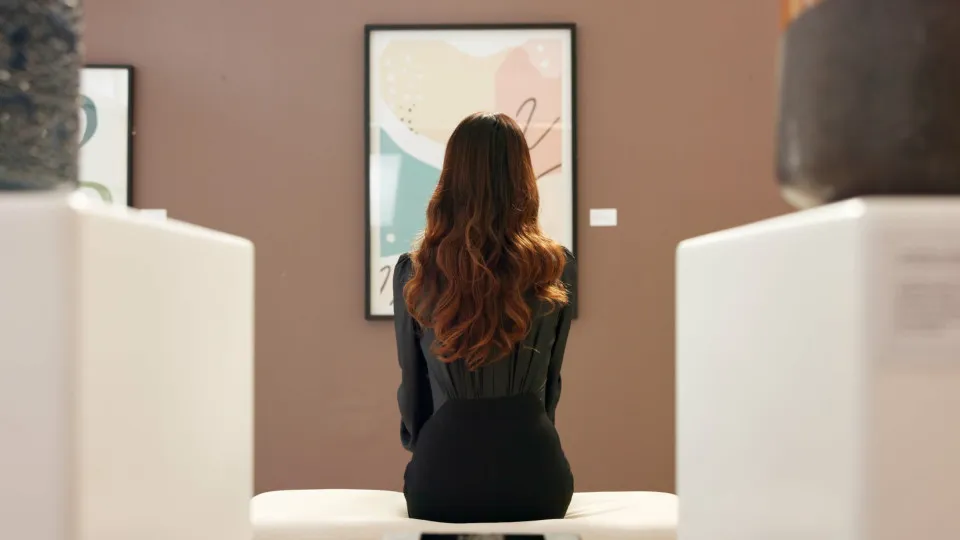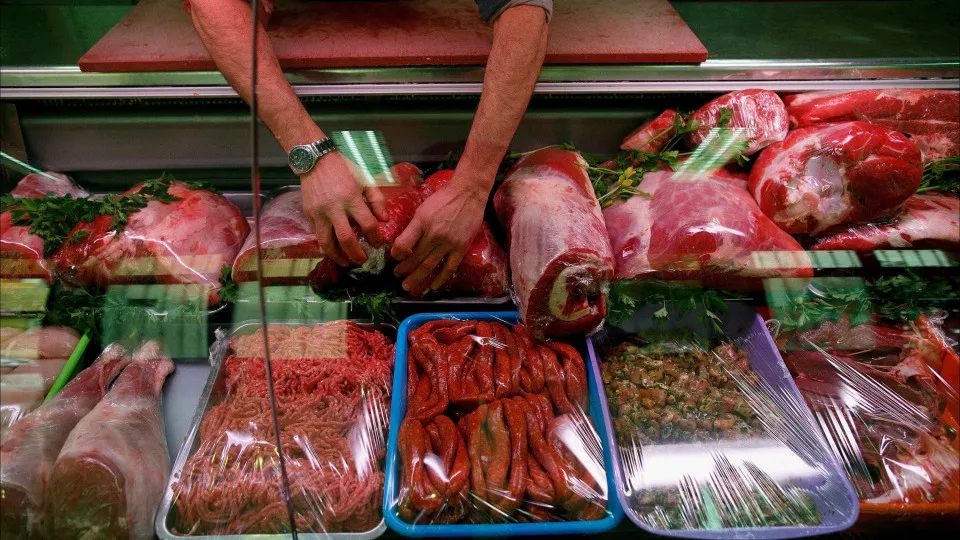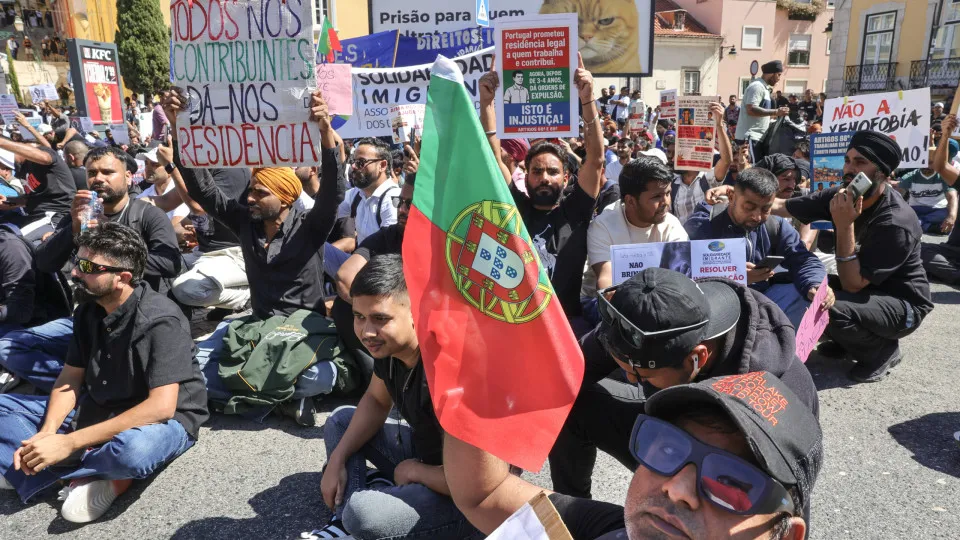
The three proposals were voted on during the detailed discussion of the State Budget for 2026.
At the end of October, the Minister of Culture, Youth, and Sports, Margarida Balseiro Lopes, remarked that it “naturally makes sense” to reduce the VAT rate on art transactions from 23% to 6%, noting that such a decision “is within the competence of the Assembly of the Republic.”
During the 1st Culture Forum, in an open session for questions, the gallery owner and president of Exibithio — Associação Lusa de Galeristas, Vera Cortês, reiterated a request previously made to former minister Dalila Rodrigues, to reduce the VAT rate on art transactions from the maximum to the minimum.
Subsequently, the parliamentary group of the Socialist Party (PS) proposed an amendment to “meet the legitimate expectations of the sector, ensuring that the transfers and imports of artworks by registered dealers will benefit from the reduced rate of 6%,” according to the document available on the official parliament site.
Similarly, the Chega parliamentary group submitted a proposed amendment aimed at “correcting an asymmetry that penalizes Portuguese art galleries, antiques dealers, and auction houses compared to their European counterparts.”
“Maintaining the 23% rate in Portugal places our country and our economic operators in this sector at a clear competitive disadvantage in the European context and serves as a disincentive for investment, sector professionalization, and the appreciation of national artists,” Chega argues in the document.
The first government of Luís Montenegro approved a decree on March 11, partially incorporating a community directive on VAT rates into Portugal, altering the special taxation regime for second-hand goods, works of art, collections, and antiques.
This European directive’s transposition, eagerly awaited by art gallery owners and artists, would lower the VAT to 6%, which currently, in Portugal, is only applied when the transaction is made by artists or rights holders.
Though the decree came into force on March 24, art transactions continue to be taxed at the maximum VAT rate of 23%.
Effective January 1, the European Union’s directive 2022/542 aims to standardize the VAT system across member states, which have so far operated under a complex system with varying values.
The week before the decree’s approval by the government, then Minister of Culture, Dalila Rodrigues, emphasized the importance and priority of reducing the VAT for art gallery owners to 6%, expressing hope for a “favorable and soon response from the Minister of Finance” on this matter.
“This is our priority and therefore should be considered shortly in the next State Budget, no doubt,” said Dalila Rodrigues at the time, during a visit to the ARCOmadrid fair.
In late May, at the opening of the ARCOlisboa International Contemporary Art Fair, Exibithio staged a protest demanding a VAT reduction to 6%. Dalila Rodrigues visited the fair that day but ignored the protest.
On that occasion, the president of Exibithio told Lusa that if the VAT on art transactions was not reduced to 6%, several Portuguese gallery owners might leave Portugal.
The VAT landscape on art transactions in the EU is quite diverse, with some countries considering changes under the directive, others maintaining, like Spain, at 21%, but France and Germany — at the forefront of this reform — reducing it from 20% and 19% to 5.5% and 7%, respectively.




